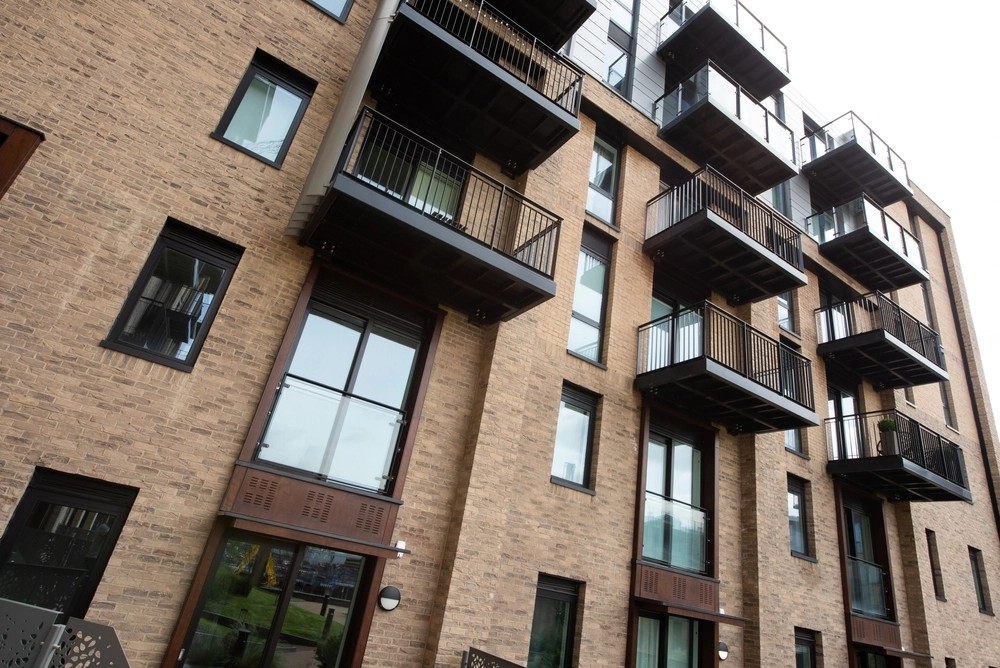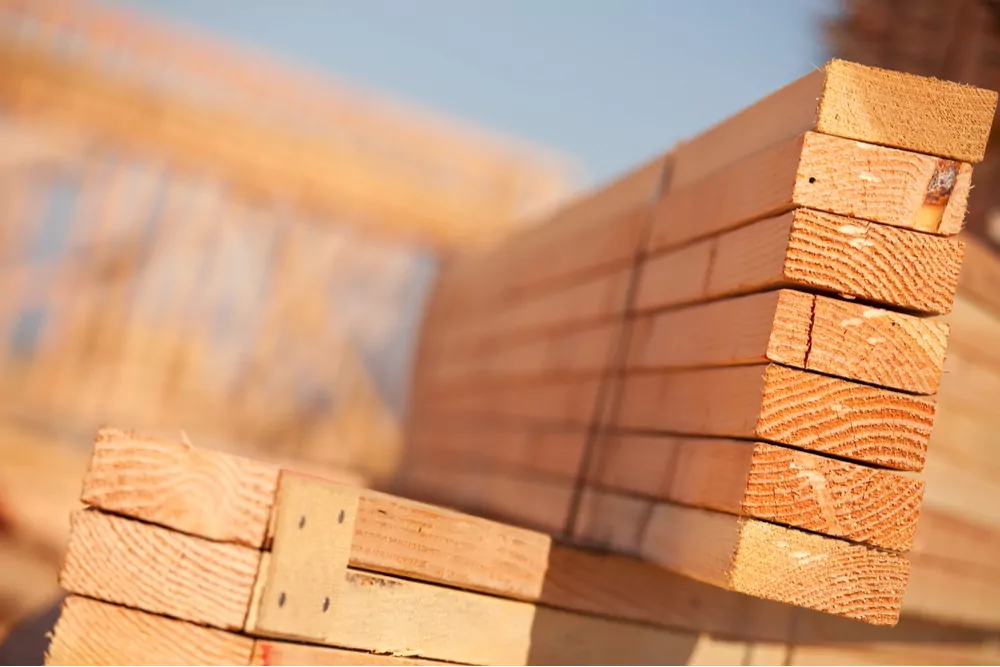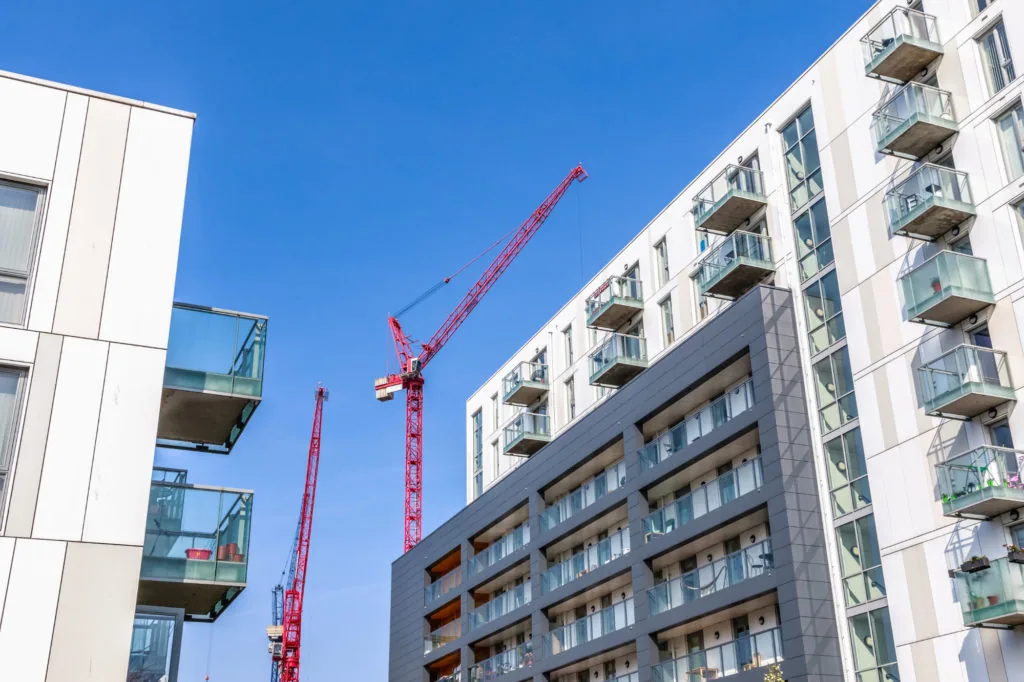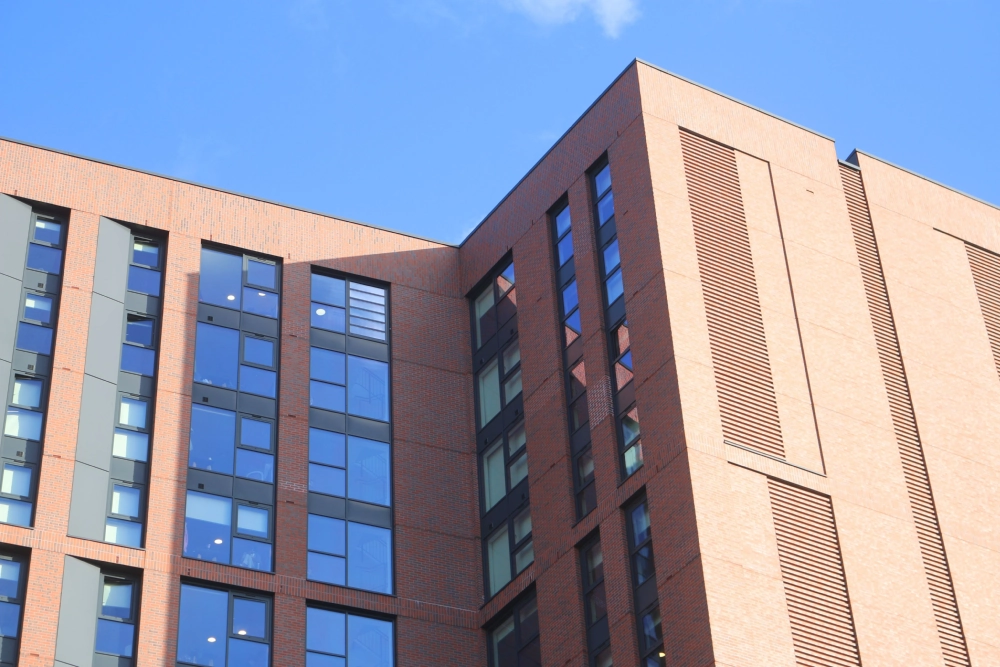Unravelling liability in ensuring safer buildings
Building Safety is a key consideration for anyone involved with the built environment. Following the Grenfell disaster the renewed focus on Building Safety led to the Building Safety Act 2022. That Act has impacted on so many areas it is difficult to summarise but it aims to bring more focus and accountability to building safety throughout the lifetime of a building. It establishes new responsibilities and new guidance that must be followed.
While the Act is broad in itself, Building Safety in general is even broader. This isn’t simply a matter of new legal rules, but a shift in culture and practice. The issues we are facing are not just legal ones but include questions of fire safety, building standards, methods of construction, government policy on risk allocation and many other areas. Since before the Act was published we have been working with consultants and contacts across numerous disciplines to understand how to advise and assist with the new status quo.


















![Deep pockets, deep costs – Triathlon Homes v SVDP & Get Living [2024] featured image](https://www.footanstey.com/wp-content/uploads/2021/05/httpscontent.footanstey.comappuploads202006Constructing-modular-housing-1024x682.jpg)




